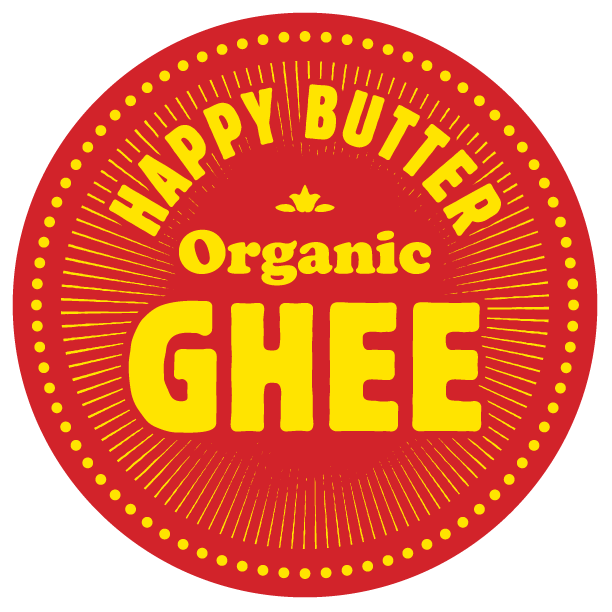What Is The Difference Between Ghee And Clarified Butter?
Butter is one of the most popular cooking ingredients in the world, and there are very few bakes and recipes that can be made without it or a very high-quality substitute.
However, regular churned butter that is delicious on toast or when added to a sauce is not the best oil to use on the stove when searing or frying, as its smoke point is relatively low and it can lead to a bitter aftertaste.
The solution to this, as well as the longevity issue that naturally comes from dairy products, is a process known as clarification, which is used to make organic ghee and clarified butter.
These two names are often used interchangeably, but there are fundamental differences between ghee and other kinds of clarified butter. Specifically, whilst ghee is clarified butter, not all kinds of clarified butter are ghee.
Clarified butters are any butter products where the milk proteins and water have been removed, typically by simmering over a low heat.
The difference between ghee, the French delicacy “beurre noisette” (brown butter) and clarified butter is what happens next.
With clarified butter, the white clumps of milk solids that sink to the bottom of the pan are strained out, leaving the golden liquid that lasts considerably longer than butter.
Ghee is made in a very similar way. However, the story does not end as soon as the milk solids start to separate. Instead, the butter is simmered for longer, which turns it golden brown and gives a nuttier taste and toasted smell that makes ghee so unique and taste so special.
For the record, beurre noisette or hazelnut butter does not strain these milk solids at all, creating a different kind of accoutrement for French cuisine that tastes slightly sweet and toasted, often being compared to a form of toffee.
